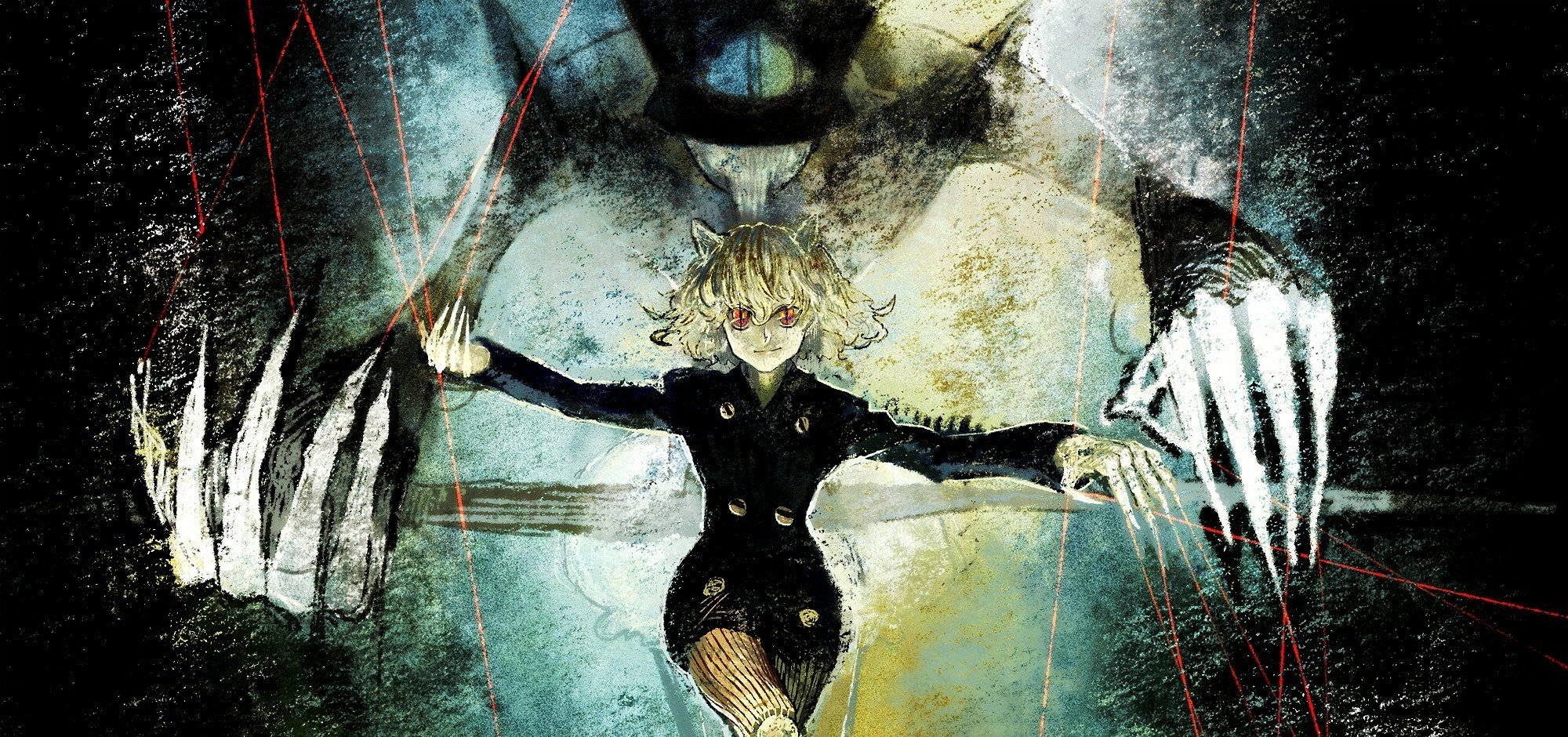
A mosaic has cells with only small changes. So chimeras have cells with vastly different DNA, like a brother or sister's. You would find far less differences if you instead compared two of your own cells to each other. This means that if you were to compare one of your cells to a cell from your brother or sister, you would find a lot of differences. In this case, half of the person's cells will have different DNA than what it started with.Ī mutation early on in development can cause mosaicism.Įven with these mutations, our own cells are much more similar to each other than they are to the cells from another person. Now these two cells go on to make the rest of the person. Imagine that the first cell has divided to make 2 cells.ĭuring this division, a mistake was made and one cell ends up with a DNA mutation. This happens over and over until you end up with 100 trillion cells or so. That cell divides and then each of the two new cells divide. Remember, we start out from a single cell. If the DNA changed very early on in development, then more cells in your body are likely to carry the mutation. It is possible, though, for a mosaic to have as many as half of the cells in his body that are different from the other half, just like in a chimera. Most of the time, only one or a few cells in your body will carry any single mutation. The changes that occur due to environmental factors are usually very small and very rare. For instance, if a mutation affects how fast a cell can grow, the cell can become cancerous. Only occasionally do these mutations cause problems. Most of the time these mutations are harmless.
#CHIMERA PEOPLE SKIN#
The sunlight hitting your skin or chemicals in the food you eat are two examples. There are many things in the environment that can change, or mutate, your DNA. Over the course of our development and lives, however, the DNA in some of these cells can change. Most of these cells contain the exact same copy of our DNA. Our bodies are made up of trillions of cells. Now, the DNA in that cell is slightly different from the DNA in the neighboring cells. You could look at any cell in the body and the DNA inside of it would be exactly the same as the DNA inside a different cell.Īt some point during a mosaic's life, though, their DNA changes in one cell. Mosaics also have variation in their DNA from one cell to the next.Ī mosaic, unlike a chimera, starts out with the same set of DNA in every single cell. Via Wikimedia Commons Genetic MosaicismĬhimeras are not the only people who carry different sets of DNA in their bodies. Just like how the mythical chimera has body parts from different animals, a chimeric person has cells from different individuals.

They work together anyway, as if they were all created from the same zygote. At this point, the cells haven't started to build body parts.Īfter the fusion, a given cell can't tell that its neighboring cell actually has a different set of chromosomes.

The reason this isn’t the case is because the fusion of the two eggs happens very early on in development. Shouldn't a fusion of two people look different? Wouldn’t it have two heads or four arms or something? You could potentially see patchy areas on the skin or two different colored eyes, but even these are pretty subtle changes. You probably wouldn't be able to tell that the person was a chimera. Most chimeras grow up normally and look like everyone else. So the baby would have two different sets of DNA - this baby would be a chimera. Remember, every zygote carries its own unique set of DNA. This baby would have cells from not one, but two different zygotes (or fertilized eggs). Now, imagine that instead of developing separately, these fertilized eggs fuse together. Fraternal twins are equally as related as any pair of siblings. If both of these eggs get fertilized by two different sperm cells, you get fraternal twins. Imagine that inside of a womb, instead of there being only one egg, there are actually two.

Some of their cells have the DNA of one person and the other cells have the DNA of another person. We use the word today to describe the same basic idea: someone who is made up of parts from multiple individuals.Ī person who is a chimera is made up of cells from different people. The word "chimera" comes from a creature in Greek mythology that had body parts from a goat, a lion and a serpent.


 0 kommentar(er)
0 kommentar(er)
